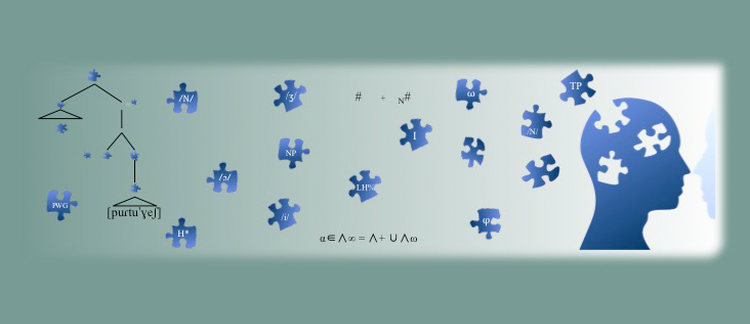Abstract
Reasoning along the lines of Iatridou (2000), we argue in this paper that the Palestinian morpheme kaan that is normally used to express semantic past tense actually denotes Non-Actual Veridicality, i.e. including kaan states that the proposition it applies to is true in a different world-time pair than the pair consisting of the actual world and the time of utterance. This means that kaan can be used both as a tense marker (expressing past tense) and as a mood marker (expressing counterfactuality). Given that every clause (with the possible exception of imperative clauses) must be tensed, this entails that kaan, in the absence of any other tense marker, must receive a temporal interpretation; but if the sentence receives its tense interpretation from some other particle, kaan acts as a mood marker. In the remainder of the paper, several consequences of this proposal are discussed.
Keywords
Tense, counterfactuality, mood, (non-actual) veridicality, complementizers
How to Cite
Karawani, H. & Zeijlstra, H., (2013) “The semantic contribution of the past tense morpheme kaan in Palestinian counterfactuals”, Journal of Portuguese Linguistics 12(1), 105-119. doi: https://doi.org/10.5334/jpl.79
